By Mohammad Oliae
In this article, we will examine artificial intelligence or A.I in video games, identify its elements, and by discussing the best examples of A.I games, we explain what aspects of it shape our gaming experiences. we will also build up to an important point that good artificial intelligence is a more expansive issue and cannot be summarized in intelligent and unbeatable enemies.
What is a good A.I?
There is a common perception about good artificial intelligence in games: the harder and more invincible the enemies, the higher the artificial intelligence in that game. Bungie understood this concept well when creating the first installment of the Halo franchise. They presented gamers with two versions of the game. Both versions had identical enemies and used the same algorithm for enemy artificial intelligence.
However, in one version, the enemies had lower health and shooting accuracy while in the other version, the situation was completely reversed. Only 8% of gamers found the enemies in the first version to be very intelligent, whereas in the second version, this number reached 43%. This shows that most of the time, tough enemies that are challenging to defeat or are always pursuing gamers can effectively showcase that they are very intelligent.

In the initial version of Halo, enemies had lower health and shooting accuracy while in another version, these aspects were at a higher level. In the first version, 8% of gamers considered the enemies intelligent, and in the second version, this percentage rose to 43%.
However, the main issue is that difficult enemies do not work for every game. ID Software initially intended to design Doom 2016, with enemies always pursuing the player and surrounding them. However, this approach led to players adopting a defensive stance and remaining in one place instead of exploring. But we recognize Doom for its fast-paced and violent gameplay, so the developers decided to make the enemies to stay in their positions, instead allowing the player to be aggressive and pursue them.
This strategy transformed Doom into one of the most enjoyable first-person shooter games. In fact, good artificial intelligence transforms the gameplay and defines its unique atmosphere. Therefore, good artificial intelligence is not just about enemies with high health and great power, it can also change based on the specific experience the developers aim to create.
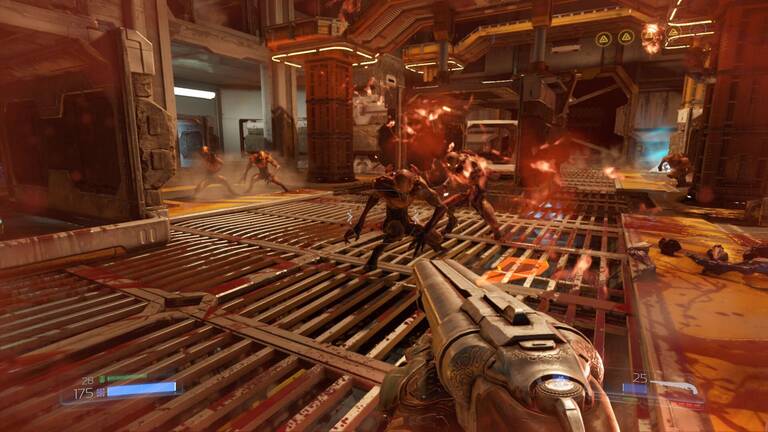
In Doom (2016), the developers chose to force the enemies to stay in their positions, allowing the player to take the offensive by attacking them. This decision resulted in the game gaining a doubled sense of speed and intensity.
So, what we can conclude from this is that the concept of artificial intelligence is far more than enemies that can defeat the player. But what components does good artificial intelligence have, and how should it be? In this article, we will briefly refer to each of them.
Good artificial intelligence allows you to cheat!
Of course this id different to what was possible in Skyrim where you could trick an NPC but putting a bucket on their head and quietly steal their belongings without them noticing any of your actions! This has noting to do with good artificial intelligence but rather highlights the NPCs’ stupidity.
However, good artificial intelligence deliberately allows gamers to have the advantage in the game. For instance, in the Uncharted series, when Nathan Drake is out of cover, enemies have no chance to harm him for a few moments, allowing the gamer to shoot at enemies. In the Far Cry series, only a few enemies can shoot at you simultaneously or when you are behind your enemies during stealth missions in the Batman series, they never turn around.
The absence of these components from the game, can significantly impact the player’s experience.
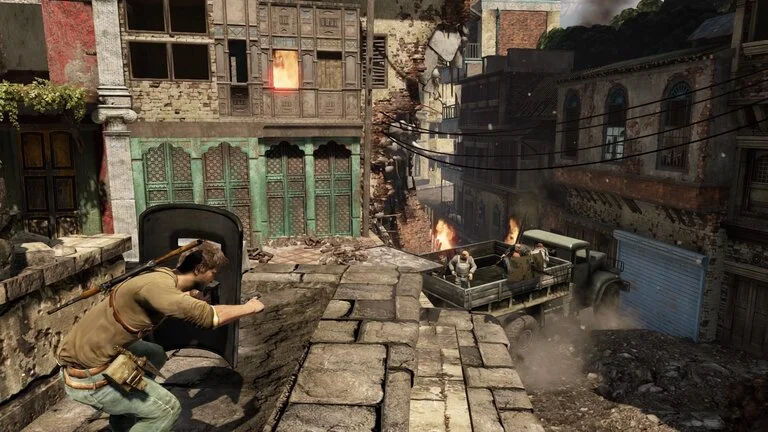
In the Uncharted game series, whenever Nathan Drake abandons his cover, enemies have no chance to harm him for a few moments. This allows the gamer to shoot at enemies without being immediately targeted or harmed.
A good A.I loudly tells you what it is thinking about!
You have certainly seen that when you leave a door open in many stealth games, enemies approach it and loudly say things like, “It seems someone’s there…” or “Why is this door open?” In fact, this is done so that if the developers consider giving enemies the ability to make choices but don’t want them to shout loudly (or if they don’t update their abilities through animated movements or other elements in gameplay), the gamer may never realize that the enemies have such capabilities, and it could potentially harm their gaming experience.
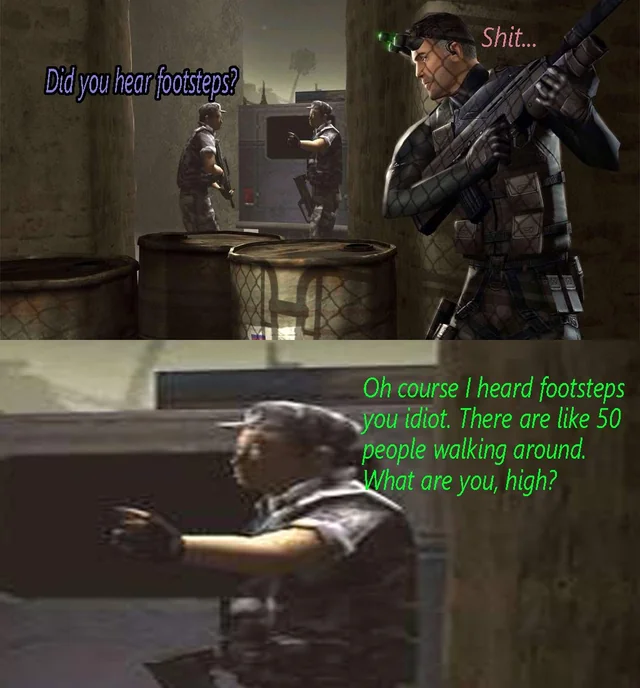
Good artificial intelligence is predictable!
It might seem a bit odd because high intelligence is usually measured by its unpredictability. However, good artificial intelligence in games, in fact, should be predictable so that the player can plan and implement strategies effectively.
One of the developers of Halo, Chris Boucher said in 2004:
The goal is not to create something that is unpredictable. What you want is a consistent artificial intelligence that can respond to specific inputs from the player, perform certain known actions, and expect the artificial intelligence to respond to them in a specific way.
For example, if guards consistently take a weapon they see on the ground to a specific location or whenever power sources are cut off, one of the guards investigates and tries to turn it back on, then the player can use these specific and repetitive behaviors to strategize or set traps for enemies. In reality, good artificial intelligence is not about showcasing its high intelligence, but rather allowing the player to experience and exploit intelligent behaviors.
Imagine if the enemy A.I is unpredictable, constantly displaying different behavior. As a result, the plan devised by the player is effective only half of the time, leading to dissatisfaction.
A game should have predictable actions, but the outcomes and consequences should be unpredictable. However, predictability doesn’t necessarily mean simplicity. Take the game Spelunky, for example, where each enemy has a predefined behavior. Yet, when these enemies appear in large groups and interact with each other, that’s when Spelunky truly comes to life and takes you on a ride!
Good A.I can interact with the game’s systems
In The Legend of Zelda: Breath of the Wild, enemies display advanced interactions with their environment. They pick up weapons that fall on the ground, even crafting bombs with them, or smaller enemies might throw each other towards you. The enemies’ intelligent interactions with the environment contribute to making them appear more sophisticated.
In Bioshock, an enemy that goes to a specific health station to revive itself suggests to the player that it is aware of its surroundings. Therefore, it appears intelligent to the player. Of course, the player can strategically destroy this enemy by placing traps near the health stations!

In The Legend of Zelda: Breath of the Wild, enemies pick up weapons that fall on the ground, and some even craft bombs with them. Additionally, smaller enemies might throw themselves towards you.
Good A.I reacts to the player character
A good example of this is the artificial intelligence in Batman games. In this series, as you take down enemies along your path, the remaining foes get more scared and become weaker. This concept becomes even more intricate in Shadow of Mordor. The game randomly generates Orc captains with names, abilities, and relationships, and they actively remember their interactions with the player. For instance, if you escape from a battle scene, the Orc who saw you fleeing brings this up as soon as he encounters you again. This is an excellent way to create unique and memorable moments while also crafting personal stories for players.
The artificial intelligence’s response to the player’s actions can also be tailored to match the player’s behaviors. For example, in Metal Gear Solid V: The Phantom Pain, enemies investigate aspects such as the number of headshots, the times you have infiltrated bases without being detected, and similar factors. They adapt and alter their behavior accordingly, such as wearing helmets or placing traps and utilizing night vision goggles. However, this is not artificial intelligence learning but predefined behaviors for enemies that make them appear more intelligent. it also prevents players from using the same strategy to conquer each base every time.
Alien: Isolation has been implemented a similar system. In this game, as the Xenomorph progresses in the story, it acquires new abilities that make it appear as if it is learning.
Something close to this system was also implemented in a game like Left 4 Dead, where depending on the health and progress of the characters, enemies would acquire new abilities. However, this system is even older than you might think.
It is utilized in games like Pac-Man, where ghosts in various group formations actively attack the player. Simultaneously, they dynamically shift between two states of actively pursuing the player and autonomously wandering in the environment, providing the player with moments to catch their breath.
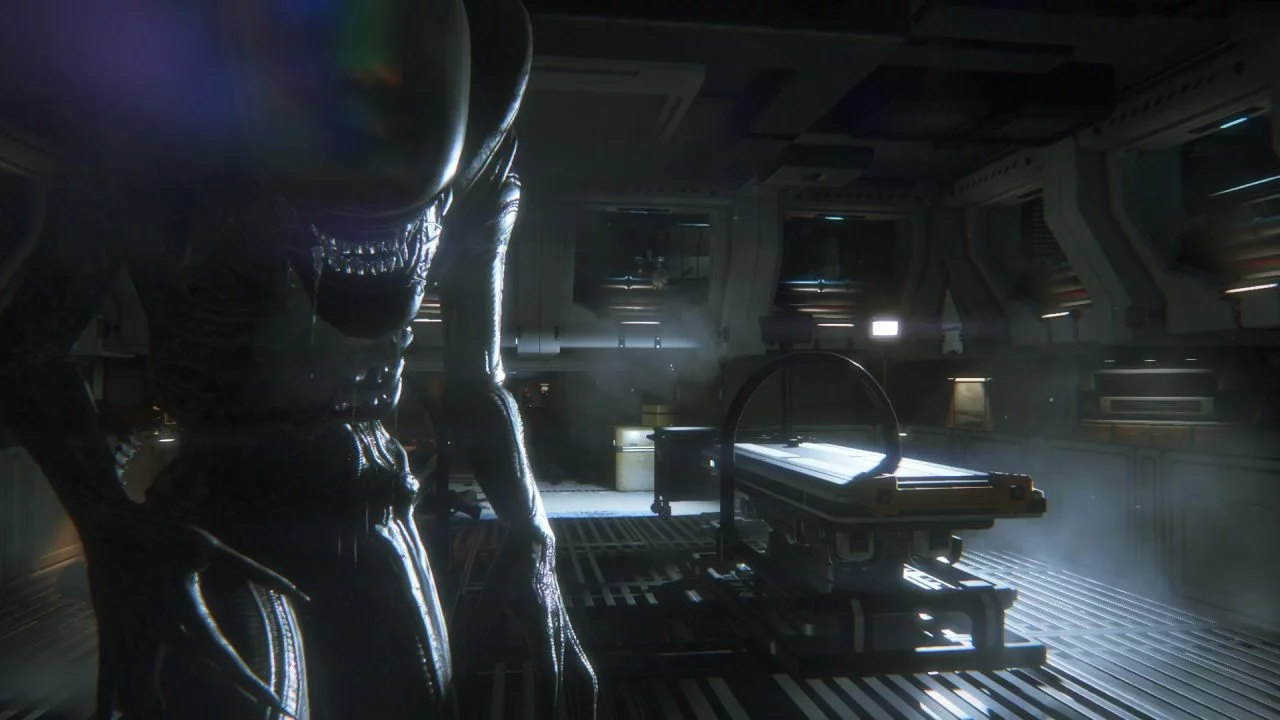
In this game, as the Xenomorph progresses in the story, it acquires new abilities that make it appear as if it is learning.
Good A.I has its own special goals
Exactly, this point illustrates that good artificial intelligence goes beyond simply aiming to kill the main character in a game. For example, in a game like Rain World, other creatures engage in hunting each other and finding food, providing opportunities for the player to take advantage of and escape from them.
Similarly, in a game like S.T.A.L.K.E.R: Shadow of Chernobyl, bandits have their own specific maps, and groups of them may encounter each other and engage in combat. However, the artificial intelligence in this game faces numerous bugs and technical issues, requiring various mods to function properly.
This is indeed an excellent example, as seen in The Elder Scrolls IV: Oblivion. In a documentary about the game’s design, one of the developers mentioned that during development, they discovered that one of the castles was consistently under attack by the townspeople, resulting in the looting of all its valuable items. This was unforeseen in the game’s scenario.
After thorough investigations, they realized that the artificial intelligence group had forgotten to define a rest time for one of the castle guards. The guard, after working for 8 in-game hours, would feel hungry and head to the nearest dining area. The head of the castle guard noticed the absence of the guard, and as he was absent during the scheduled working hours, he along with other guards, started searching for him. Ordinary people noticed the lack of guards in the castle, informed each other and entered the castle to loot its valuable items.
In a game like Red Dead Redemption 2, this features reaches its peak. Each character has their own goals and individual lives. You can pursue each of the non-playable characters (NPCs) and observe their various activities and behaviors. This attention to detail and the distinct lives of each character provide players with greater engagement and a more realistic experience, thus bringing the game world to life.

In RDR2, you can actively pursue any of the game’s NPCs and uncover that each one is engaged in various activities, leading a distinct life from other characters.
Good A.I is not all about the enemies
In addition to enemies, companions also need to have good artificial intelligence, although sometimes developers cheat. For example, Elizabeth in Bioshock Infinite never takes any damage during battles, or in The Last Guardian, Trico assists the player in removing enemies from the path. In a game like Event 0, you could converse with artificial intelligence and use it to solve the game’s puzzles. Alternatively, in Final Fantasy XV, one of your companions can take various pictures during each mission and later showcase them to you in the form of photo albums. Such elements greatly enrich and personalize the player’s gaming experience.
In this regard, it is essential to highlight the creative use of artificial intelligence tools. For example, the game Immortality is an excellent and creative example of utilizing object detection. Through the use of this tool, the creative director of the game was able to tell their story effectively.
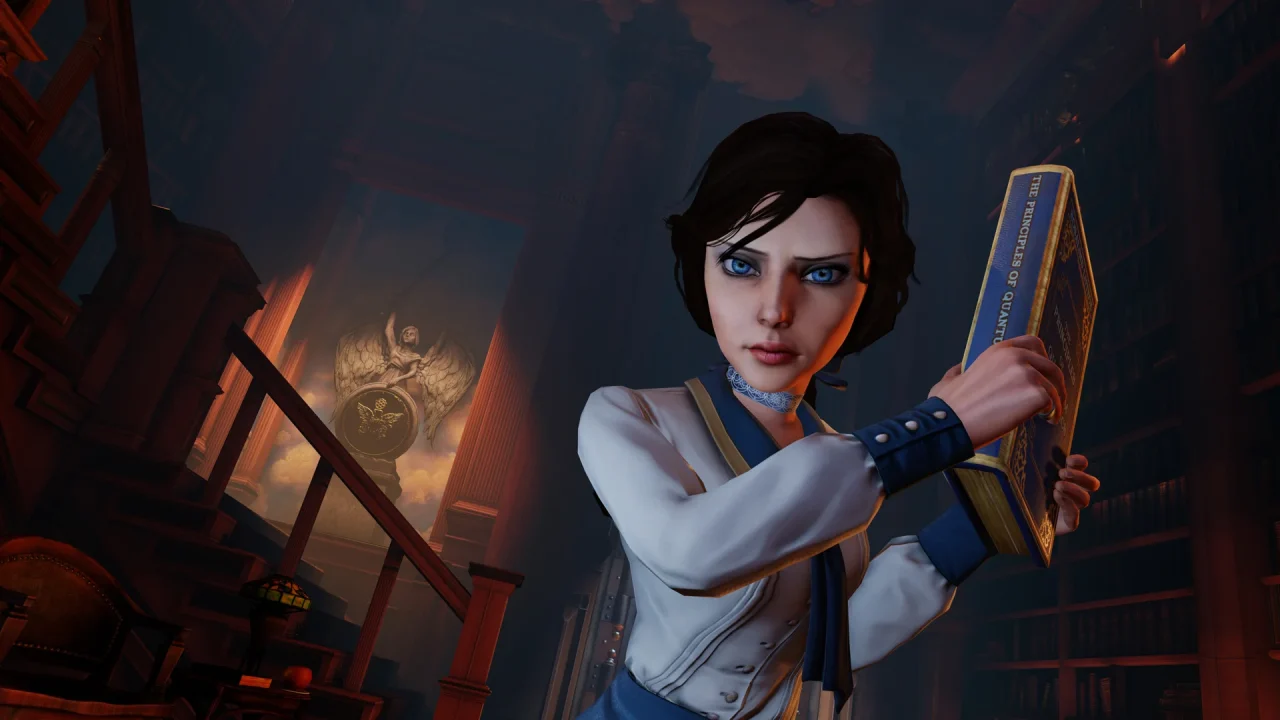
In Bioshock Infinite, Elizabeth does not take any damage during battles at all.
Conclusion
It has become clear that good artificial intelligence is not only related to invincible enemies but is much deeper and more complex than that. Good artificial intelligence essentially defines the overall feel and atmosphere of the game. It allows the gamer to explore, understand various features, and use them for planning and implementing their strategies. The goal of a good artificial intelligence, as mentioned by one of the developers of Uncharted 4, Matthew Gallant, is to:
The goal of good artificial intelligence is not to find the gamer, but to provide enjoyable gameplay.
What do you think?!
Sources: Game Maker’s Toolkit Youtube channel & Bazyrayaneh magazine



Comments